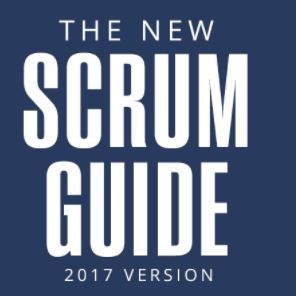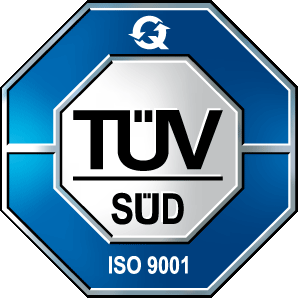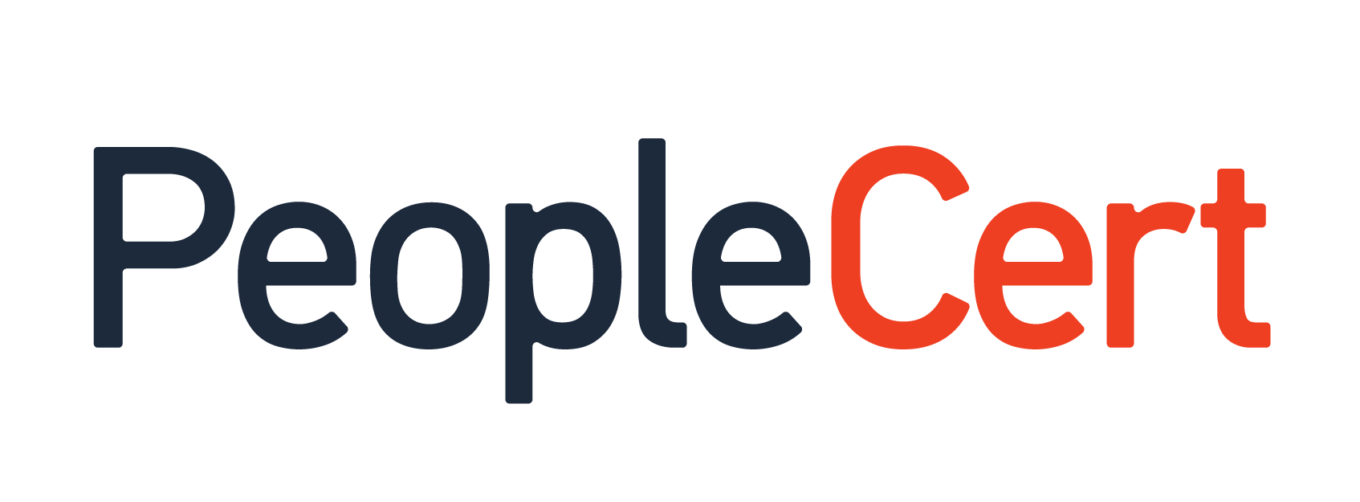In November 2017, SCRUM creators Ken Schwaber and Jeff Sutherland released a new version of the Scrum Guide™. So what's new in the updated guide?
Before I write about it, I would like to reassure all those who are preparing for the exam or use Scrum in their everyday project work. There is no revolution, Scrum theory, values, pillars, events, roles, artifacts remain as they were, but are described more clearly and fully, but one by one.
- There is a completely new chapter (section) discussing the use of Scrum. Originally, Scrum was used to produce products and manage their production. Since the early 1990s, it has also been used to discover and assess the viability of markets, technologies and product potential, to create, develop and modernize products, to introduce and expand them to the market even several times a day, and to maintain and develop cloud environments. It has also been used to develop software, hardware, integrated service networks and autonomous vehicles. Today, it is difficult to find an area of everyday life in which Scrum is not used. It is successfully used in education, public administration, marketing, operations management and many others. In the face of increasingly complicated and complex technologies and sudden market changes, Scrum confirms its usefulness and effectiveness in managing organizations and incremental knowledge transfer. A small, independent, flexible team that can effectively and quickly adapt to the situation is the essence of Scrum. This does not mean that only small and not very time-consuming projects can be implemented this way. These advantages can also be used by many cooperating teams implementing large and very complex projects.
- In the new guide The Srum Master's role has been re-described, making it more explicit. Therefore, he is a Servant Leader, supporting the use of Scrum, teaching the team, the organization and people outside the organization which interactions are helpful and which are not. Additionally, his support for the Product Owner in ensuring that the goals and scope are understood by all members of the Scrum Team is also described.
- Also Daily Scrum has been updated. The Development Team organizes it every day, in every sprint, in the same place, at the same time. In each case it is limited to 15 minutes. The team plans its work for the next 24 hours. The course of the meeting is determined by the Development Team. Teams can use questions and discussion as long as they work towards achieving the Sprint Goal.
- The definitions of time limits are also more precise, using the terms "maximum" and "no longer than" to show that they have an upper time limit, but may last shorter.
- The description of the Sprint Backlog emphasizes the importance of the continuous improvement process and the need to achieve itć, the Backlog contains at least one significant improvement identified during the previous Retrospective.
- The definition of Increment has also been clarified, emphasizing that it is a tangible result of the work performed, constituting a step towards achieving the goal, empirically verified at the end of the Sprint.
To sum up, the changes are not radical, but it is not just cosmetic. The new version is more complete and clear. It must also be admitted that it is easier to read and that Scrum becomes closer and more achievable thanks to it. So does it exhaust the topic? In my opinion, it opens many areas for further exploration and, perhaps above all, for practicing Scrum.
Author: Arkadiusz Urbański










